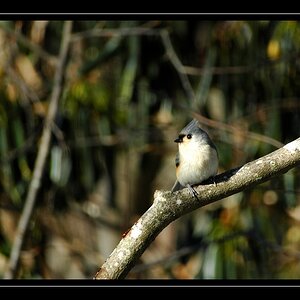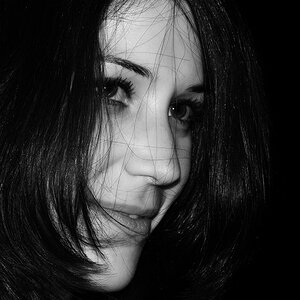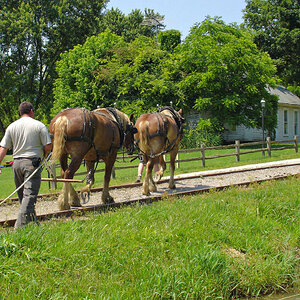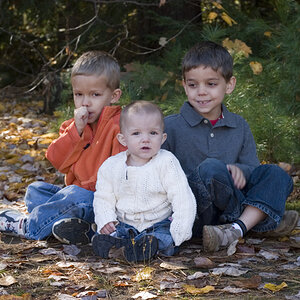PiMpPiStOl
TPF Noob!
- Joined
- Oct 29, 2006
- Messages
- 57
- Reaction score
- 0
so, i got a 8 mp kodak camera, 5x optical zoom, blah blah. anything else you need to know tell me and ill look for it..
so, i was gonna watch talladega nights, but my brother had it in the trailer so i was gonna go otu there and get it, and i look up and thought, "this would prolly be a good pic!" cuz there was like, some trees, and the moon behind it. i just thought it would and im still not sure. anyway. i run back in to get my camera, and i stand out there in the cold, i set the camera to night sceene, or something like that, i take a picture, and it was crappy. so, i switched it to where it automatically chooses the mest sceen mode or whatever, and take 2 or 3 of those, and theyre all crapp! i dont know how to take good night shots!!
http://pimppistol.deviantart.com/gallery/scraps/
those are the pics. so please help!!! im gonna watch that movie though, so ill be back!!!
so, i was gonna watch talladega nights, but my brother had it in the trailer so i was gonna go otu there and get it, and i look up and thought, "this would prolly be a good pic!" cuz there was like, some trees, and the moon behind it. i just thought it would and im still not sure. anyway. i run back in to get my camera, and i stand out there in the cold, i set the camera to night sceene, or something like that, i take a picture, and it was crappy. so, i switched it to where it automatically chooses the mest sceen mode or whatever, and take 2 or 3 of those, and theyre all crapp! i dont know how to take good night shots!!
http://pimppistol.deviantart.com/gallery/scraps/
those are the pics. so please help!!! im gonna watch that movie though, so ill be back!!!



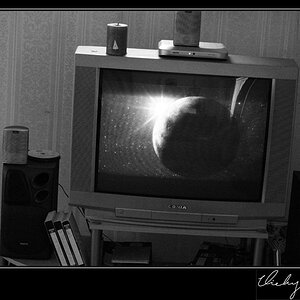
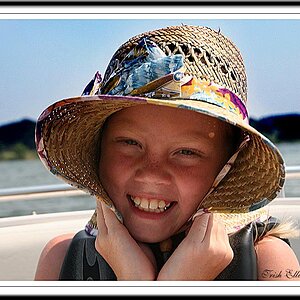

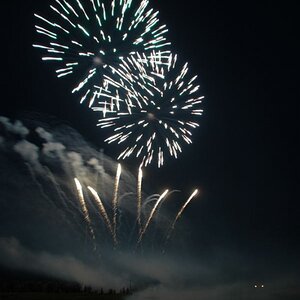
![[No title]](/data/xfmg/thumbnail/42/42275-2ca41f93a172e2e510afb46912a2bb61.jpg?1619740084)


